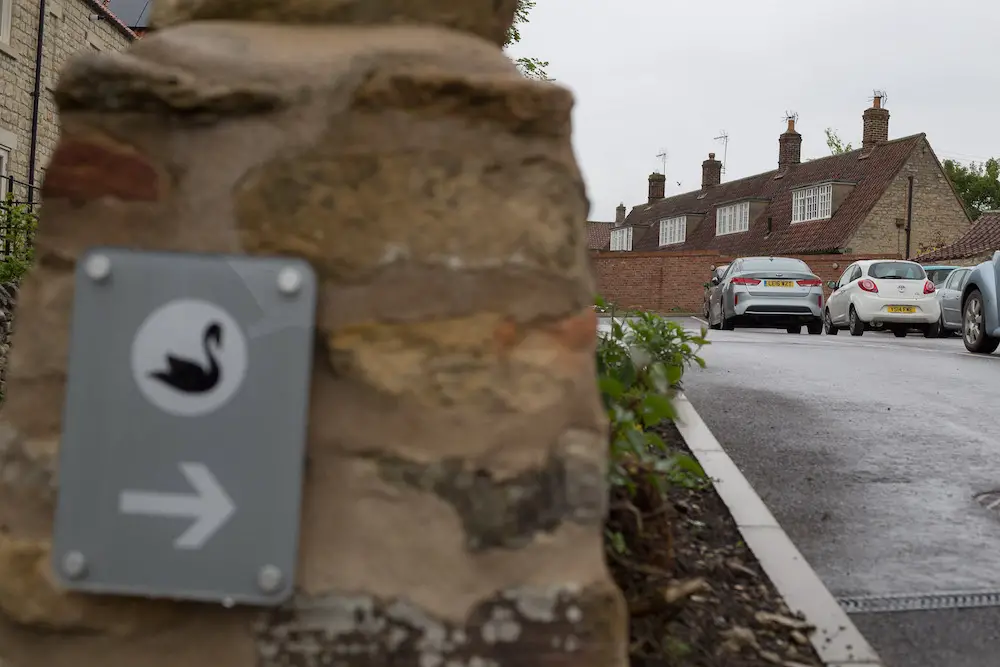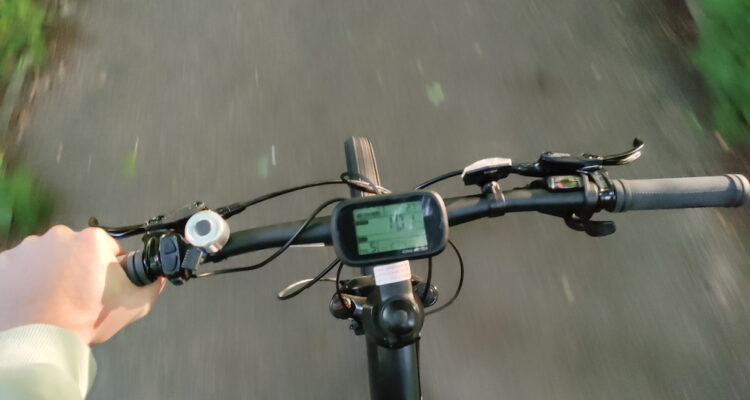Shared-use paths in Florida provide a space for pedestrians and cyclists to enjoy outdoor activities while promoting alternative modes of transportation. These paths are designed to accommodate different users, such as walkers, joggers, and cyclists, with the goal of reducing motor vehicle traffic and promoting a healthier lifestyle. However, as the popularity of these shared spaces increases, so does the potential for pedestrian and cyclist injuries.
Florida is taking measures to improve safety on shared-use paths by implementing a combination of legal measures and safety initiatives. Despite these efforts, accidents and injuries still occur among pedestrians and cyclists as they navigate the pathways. Factors such as poor visibility, lack of proper signage, and not following traffic rules contribute to these incidents, highlighting the need for increased awareness and adherence to safety guidelines.
It is crucial for the users of shared-use paths to be aware of their surroundings and follow proper safety protocols. In case of an injury or accident, it is important to know your rights and legal options. If you have experienced losses caused by injuries due to another person’s negligence on a shared-use path, it may be beneficial to consult with a professional personal injury attorney to determine the best course of action to protect your rights and hold the responsible party accountable.
The State of Pedestrian and Cyclist Safety in Florida
Incidence of Accidents and Injuries
Florida has seen a significant number of incidents involving pedestrians and cyclists. According to the Florida Department of Highway Safety and Motor Vehicles, the state has one of the highest rates of pedestrian and cyclist fatalities in the nation. In recent years, this has prompted the Florida Department of Transportation to ramp up efforts related to pedestrian and bicycle safety. Some key statistics include:
- Injuries: A considerable number of pedestrians and cyclists suffer injuries as a result of accidents every year.
- Fatalities: An alarming number of pedestrian and cyclist deaths occur in the state, with certain areas being more prone to such incidents.
- Collisions: Accidents involving pedestrians and cyclists are often due to collisions with motor vehicles on highways and state roads.
Common Causes of Collisions
Several factors contribute to the high incidence of accidents involving pedestrians and cyclists in Florida. Some of the most common causes of collisions include:
- Lack of visibility: Many accidents occur during nighttime when visibility is low, and the chances of collision increase.
- Inadequate infrastructure: In some cases, the road infrastructure may not be sufficiently designed to provide a safe environment for pedestrians and cyclists.
- Negligence: Both motor vehicle drivers and cyclists may fail to adhere to traffic laws, resulting in unfortunate accidents.
- Helmet usage: Cyclist injuries can be aggravated due to the lack of proper bicycle helmet usage, which is essential for mitigating head injuries during such incidents.
Analysis of High-Risk Areas and Times
To tackle the issue of pedestrian and cyclist safety more effectively, it is crucial to pinpoint high-risk areas and times. A recent analysis has identified several Florida counties as particularly dangerous for cyclists. Pasco County, for example, stands out as one of the most treacherous locations in the nation. It is also important to note that many accidents involving pedestrians and cyclists occur during nighttime, highlighting the need to further address visibility and safety issues in these high-risk settings.
Florida’s Complete Streets policy aims to reduce cyclist fatalities through infrastructure improvements and increased awareness about road safety. By understanding the factors contributing to pedestrian and cyclist injuries in Florida, it is possible to develop more effective strategies for promoting safety and reducing the incidence of accidents in the future.

Legal and Safety Considerations for Cyclists and Pedestrians
Understanding Your Rights and Responsibilities
In Florida, pedestrians and bicyclists have specific legal rights and responsibilities when sharing the road with drivers of motor vehicles. Both pedestrians and cyclists must follow the traffic rules of the State to ensure their safety. Pedestrians must use sidewalks and crosswalks when available, and cyclists must ride along the right-hand edge of the road unless a designated bike lane is available.
When interacting with other road users, it is essential to be aware of the rules of the road, which include observing traffic signals, obeying stop signs, and using proper hand signals when turning. Doing so minimizes the risk of motor vehicle crashes and emphasizes the shared duty to ensure pedestrian and cyclist safety.
Preventative Measures and Safety Protocols
Adhering to specific safety protocols can reduce the likelihood of serious injuries or catastrophic injuries among pedestrians and cyclists. Some key preventative measures include:
- Performing a safety check on bicycles before riding, such as checking tire pressure, etc.
- Wearing high-visibility clothing and using proper lighting, especially during low-light situations
- Avoiding distractions like using headphones or mobile devices while walking or cycling
- Being mindful of the surroundings and staying alert to potential hazards
Proper planning and preparation, combined with knowledge of the safety strategies provided by the Florida Department of Transportation, can significantly improve the safety of pedestrians and cyclists on shared-use paths.
When and How to Seek Legal Action
If a pedestrian or cyclist is involved in an accident with a motor vehicle, they may have the right to seek legal action for personal injury or property damage. The first step is obtaining prompt medical treatment for any injuries sustained from the accident. This will not only ensure proper care but also serve as documentation of the injuries.
The next step is to consult with experienced bicycle accident attorneys in the area, such as those in Miami. These legal professionals can help determine if there is a valid claim for negligence against the driver of the motor vehicle and advise on the potential for compensation or damages. Compensation can cover medical expenses, lost wages, and pain and suffering.
It is crucial to act promptly when seeking legal representation to ensure that all relevant evidence and information are preserved. An experienced legal advocate can help assert the victim’s legal rights during the process and work towards obtaining the fairest outcome possible for the injured party.
In Conclusion
Florida has taken several steps to protect and promote the safety of pedestrians and cyclists using shared-use paths. Combining legal measures, safety initiatives, and a shared responsibility approach has seen improvements in road safety for these “vulnerable road users”.
These efforts include:
- Legal measures: Enforcing traffic laws for motorists, pedestrians, and cyclists.
- Safety initiatives: Implementing educational programs and campaigns for increased awareness.
- Infrastructure improvements: Invest in better facilities like widened paths, traffic signals, and appropriate signage.
While the situation continues to develop, a comprehensive count program is being established by FDOT to monitor pedestrian and bicycle safety statistics. This will help identify trends, reveal problem areas, and inform future decisions.
In regards to shared-use paths on bridges, Florida’s Department of Transportation (FDOT) is assessing potential design variations to accommodate the width requirements. This shows their continued commitment to ensuring user safety on these paths.
It is essential for all parties involved local governments, road users, and pedestrians to cooperate and respect each other in order to promote a safer, harmonious usage of shared-use paths in Florida.






